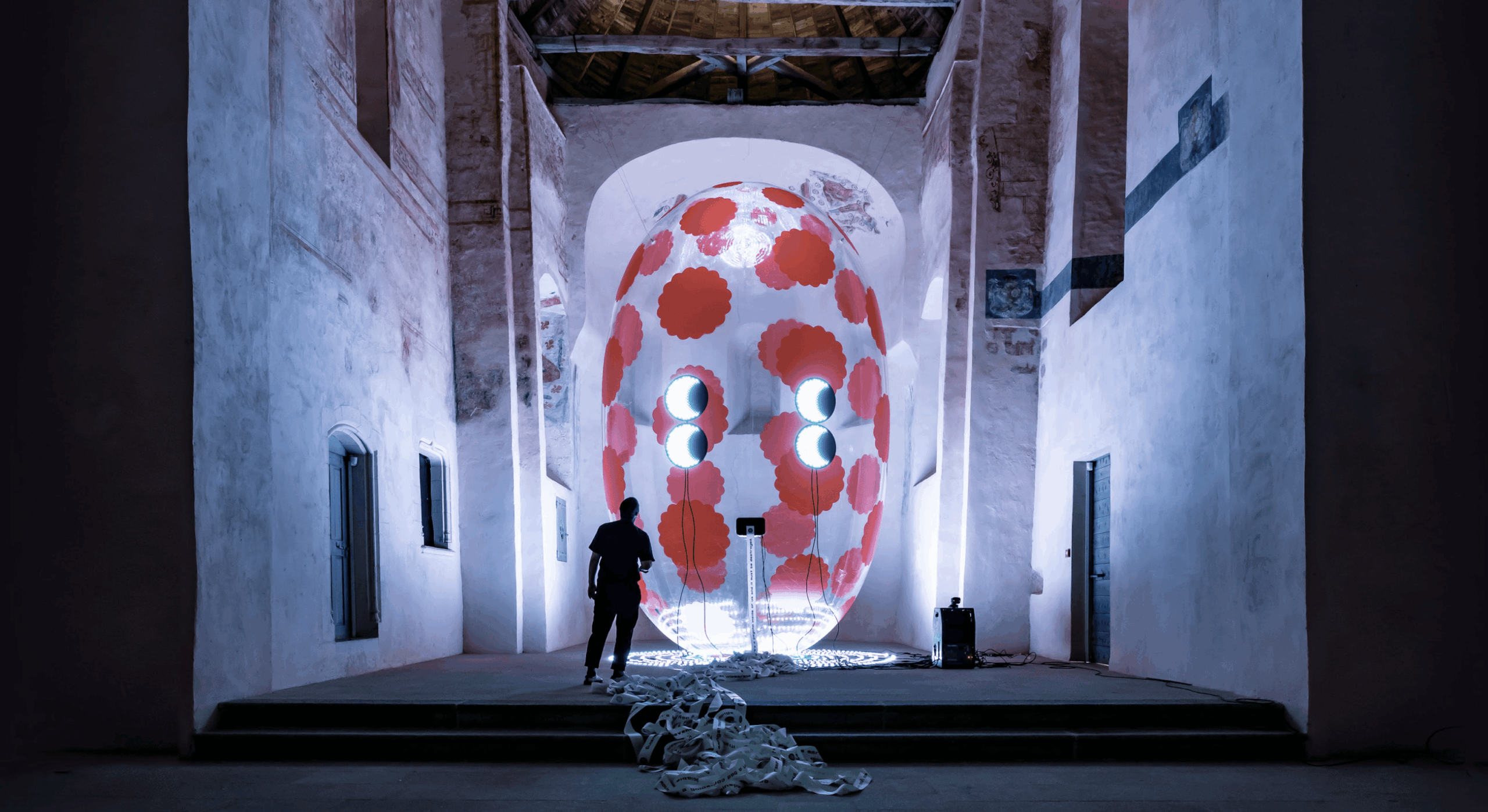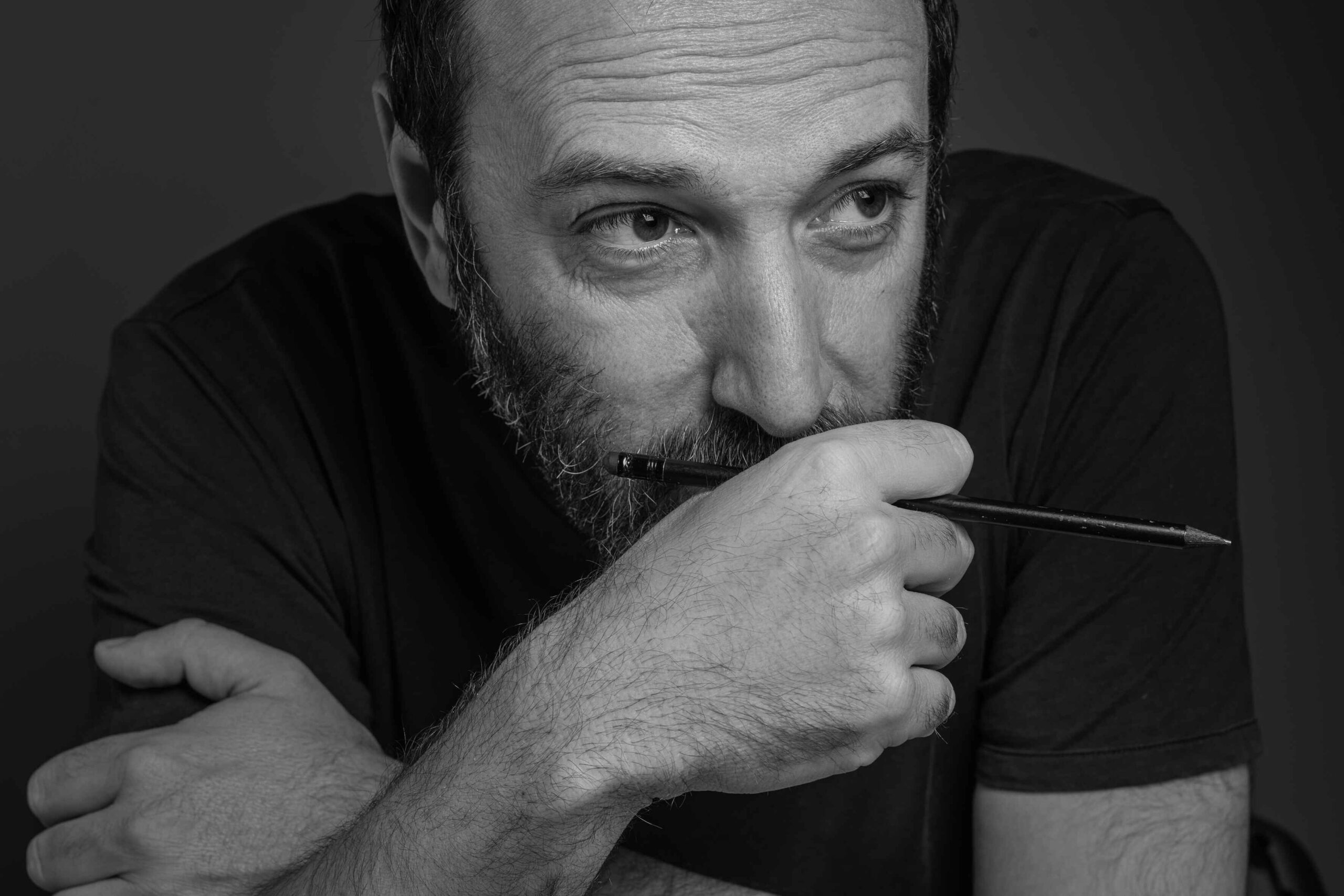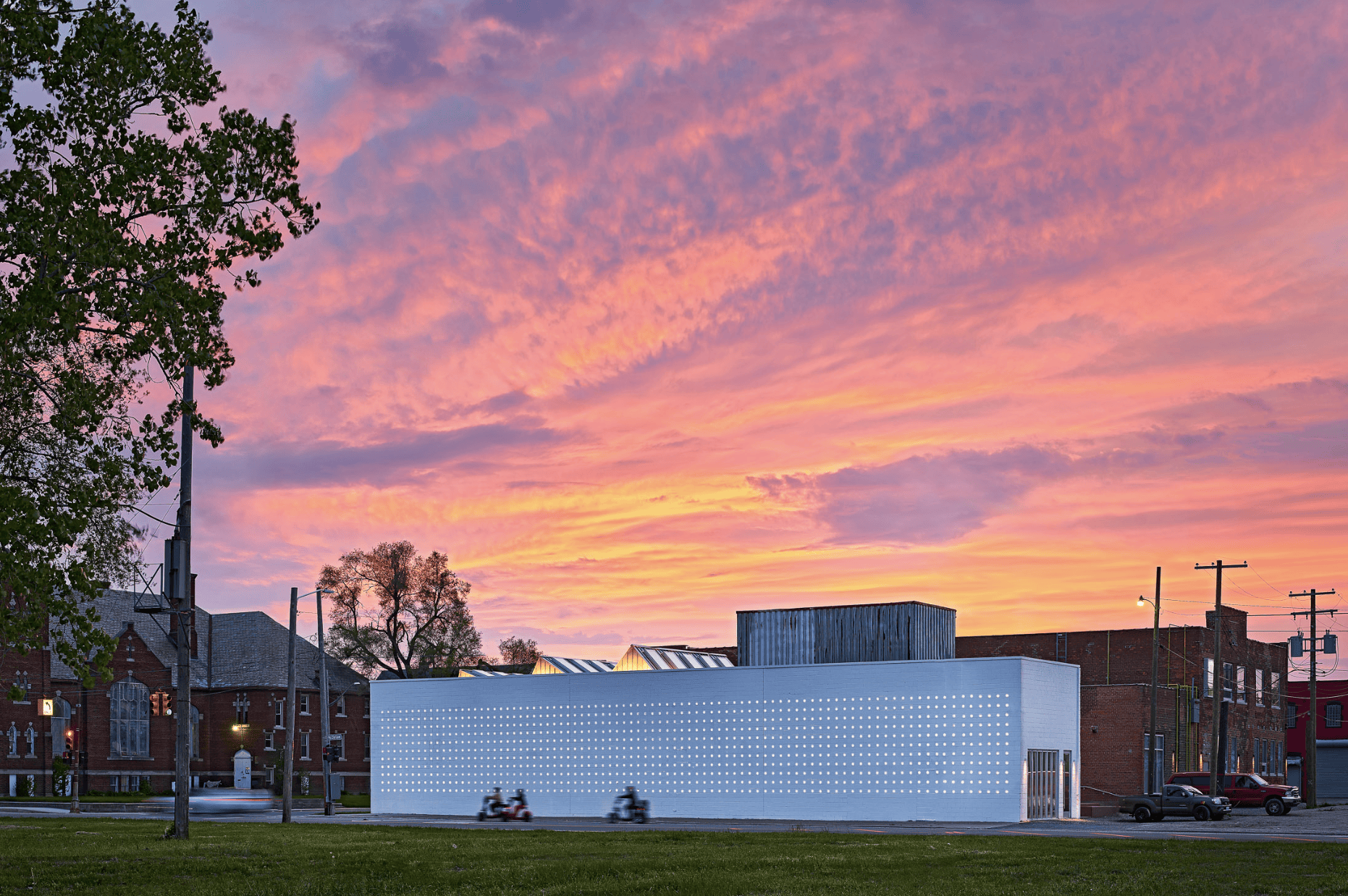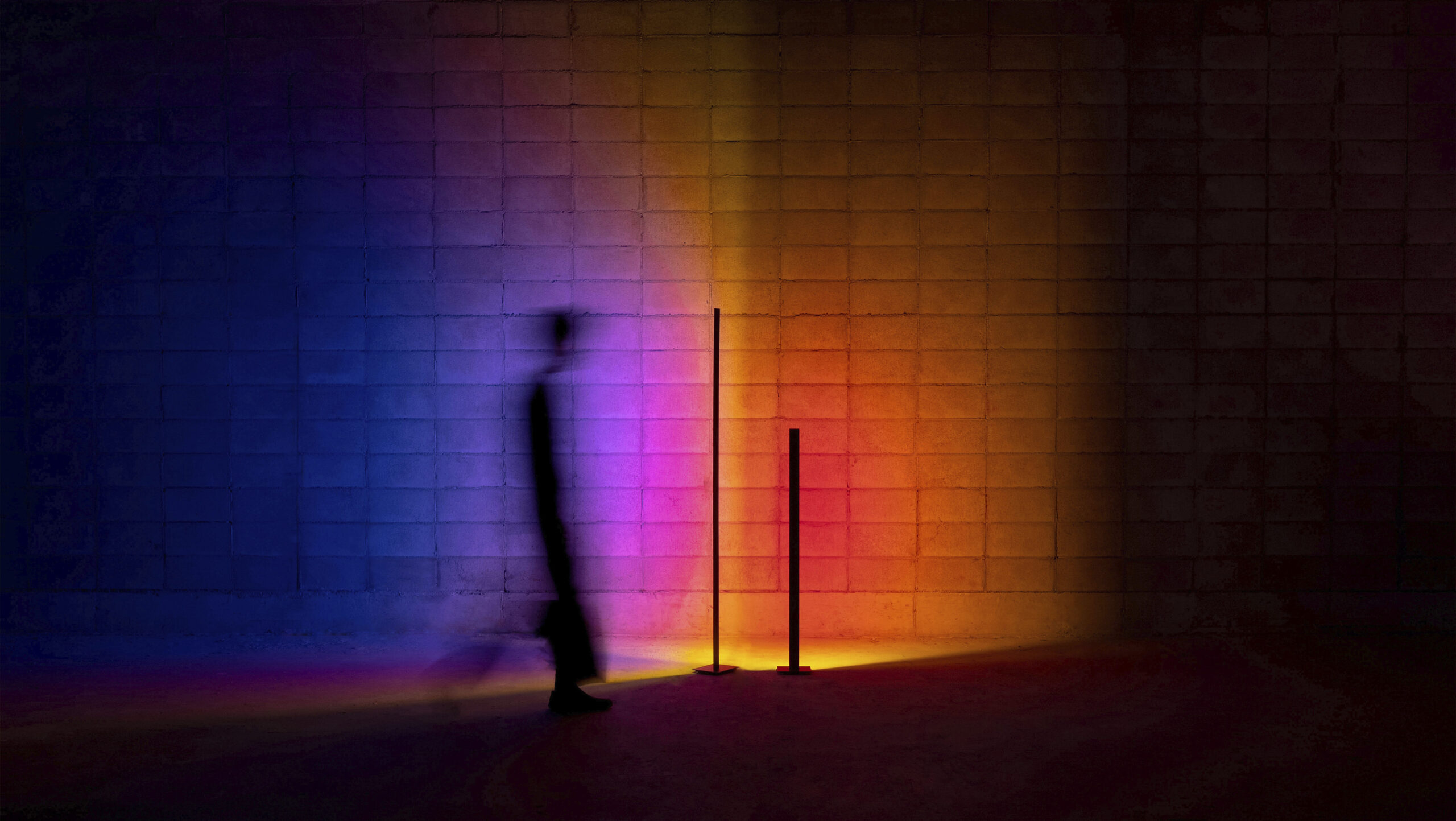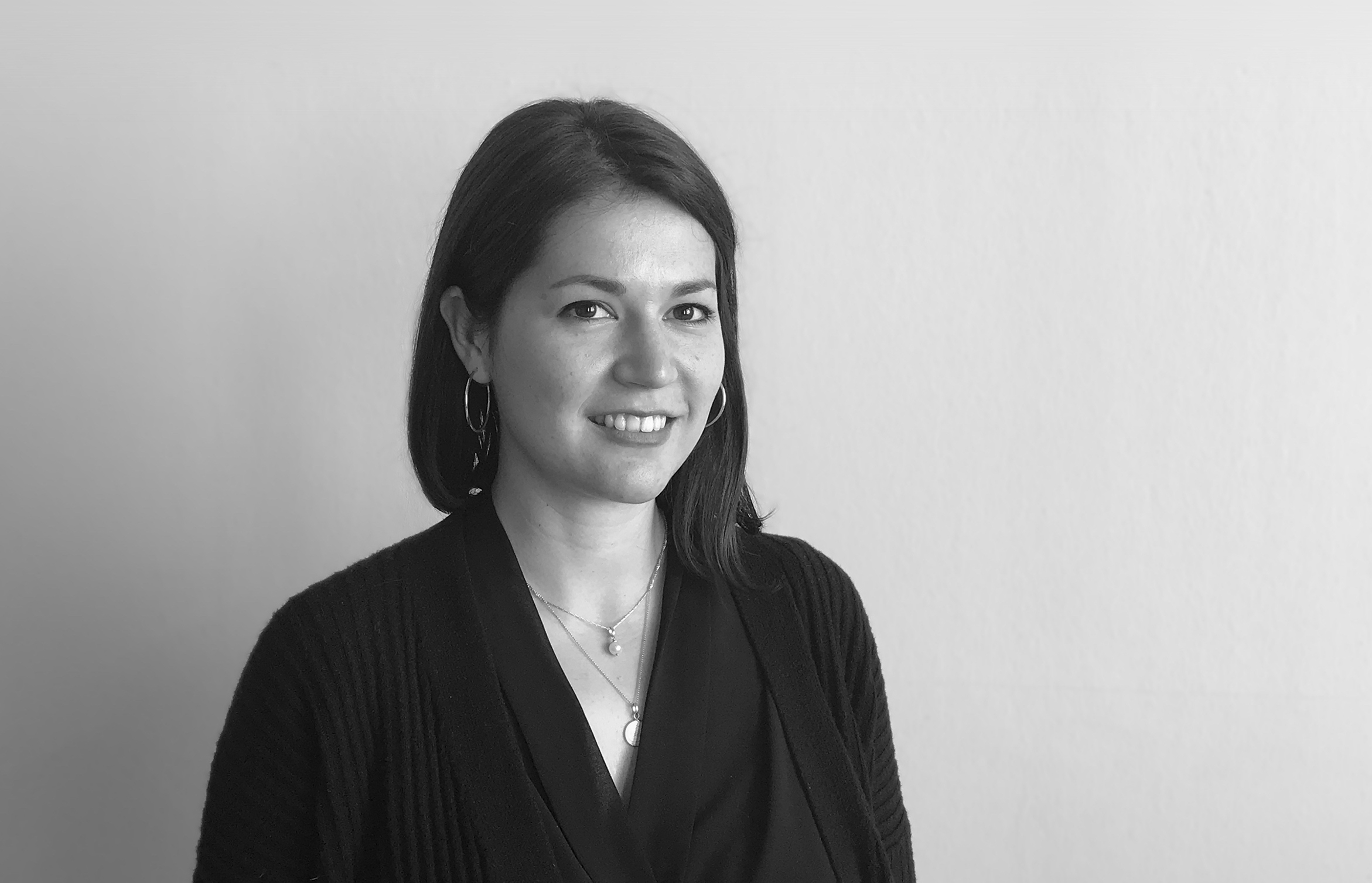Cover photo: Raphael Tapestries, Ducal Palace, Mantua
«Light is more than a functional tool: it has the power to inspire, move, and transform any space».
Founded in Bergamo in 2019, Studio Switch explores the expressive potential of light in architectural and artistic contexts. With extensive experience in lighting design, the team delivers solutions for various environments, ranging from residential spaces to public areas and retail, with a special focus on places of worship.
Lighting Sacred Spaces: A Unique Approach
Studio Switch has already stood out for significant projects, particularly in church lighting design and illuminating artworks. But what does it take to tackle such themes? What are the initial reflections that guide these lighting projects?
«Illuminating sacred spaces and artworks means engaging in dialogue with spaces and objects imbued with historical, spiritual, and symbolic meanings. In this context, light becomes a tool for interpretation and storytelling. Respect is the cornerstone of our approach—respect for artistic integrity, historical memory, and the messages conveyed by architecture and art. Each project begins with the question: what role should light play in this context? How can it enhance the sanctity of a space? Which elements should it highlight? How should shadows be managed to create harmony? These reflections shape the concept and lay the groundwork for our design objectives».
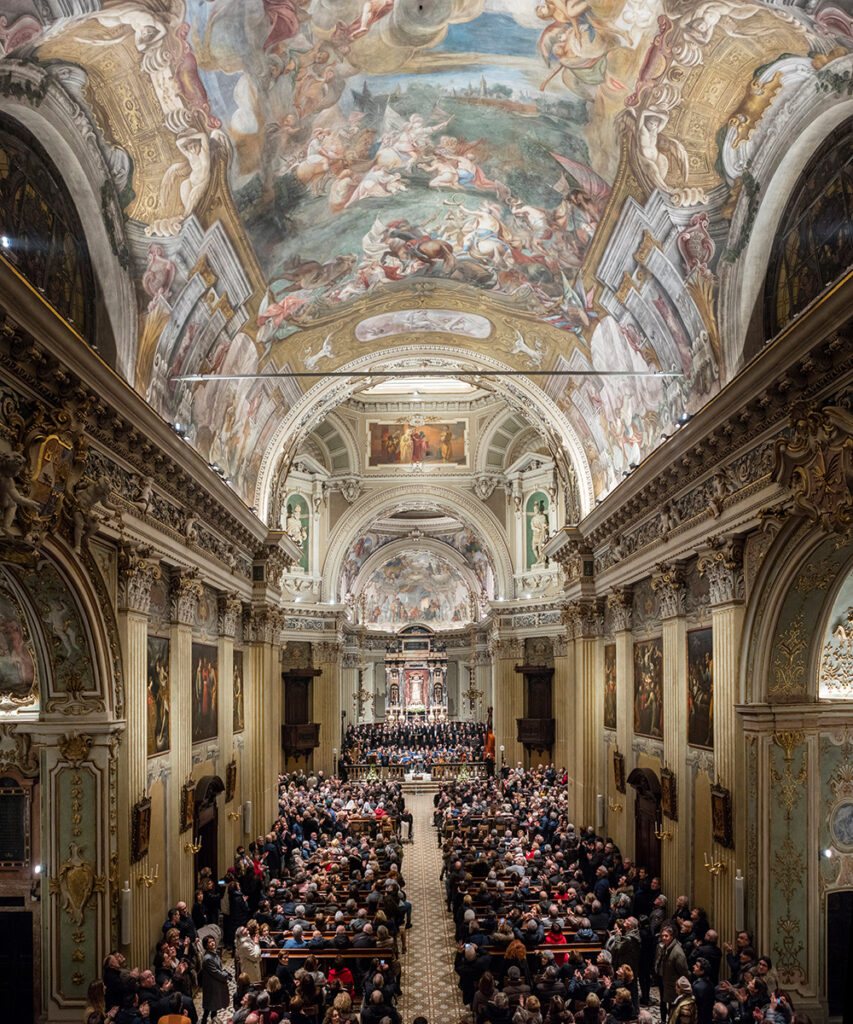
In some cases, such as at the Sanctuary of Our Lady of Tears in Treviglio or the Charterhouse of Milan, the team worked with sacred spaces rich in artworks, merging the principles of museum lighting with those specific to places of worship.
Balancing Artistic and Liturgical Needs
«Our projects operate on two levels: creative concepts and technical solutions. Optical excellence and carefully selected LEDs are key to achieving stunning aesthetic and lighting results and also to ensuring energy efficiency and sustainability. When working with artwork, we focus on colour rendering, balanced contrasts, and eliminating unwanted glare or reflections. For sculptures, managing shadows is essential to emphasize their three-dimensionality. With tapestries, carefully calibrated grazing light enhances their texture.
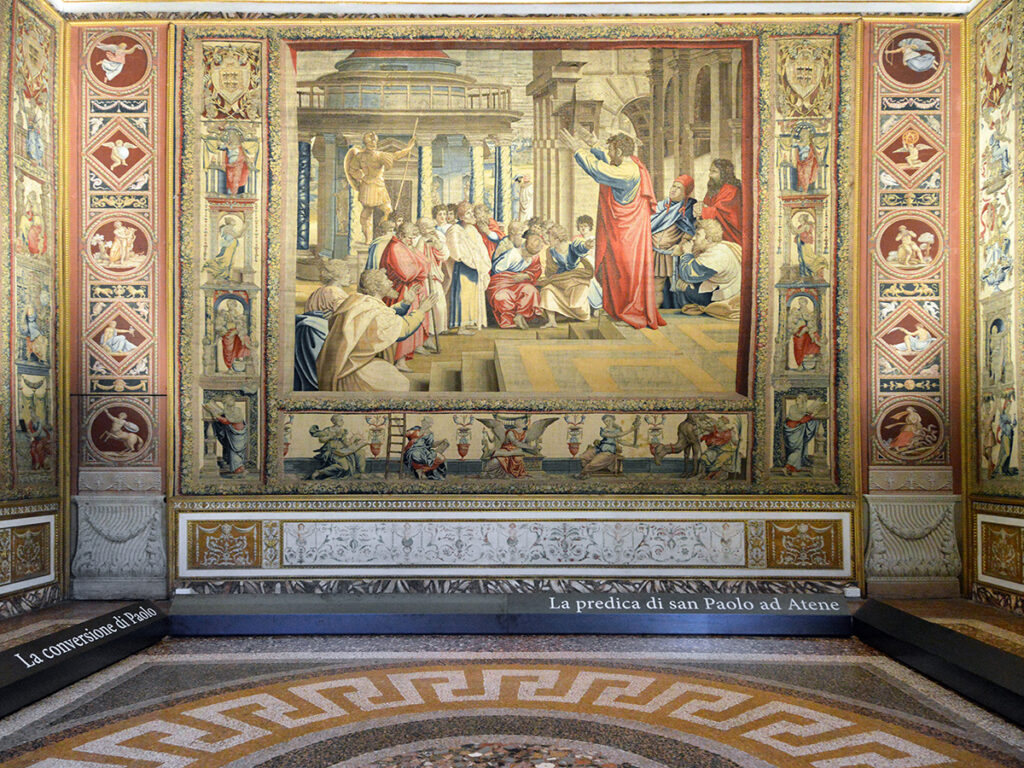
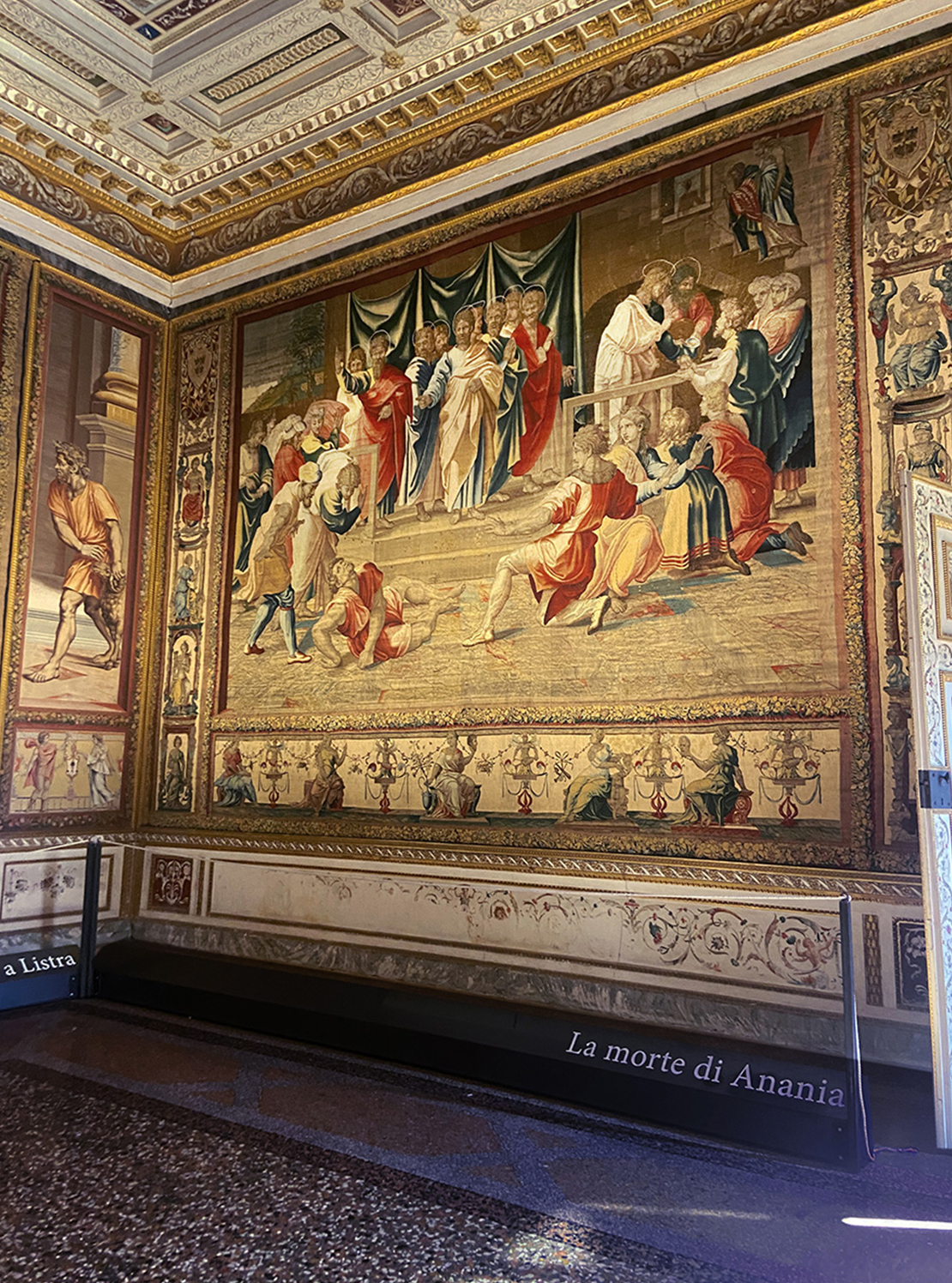
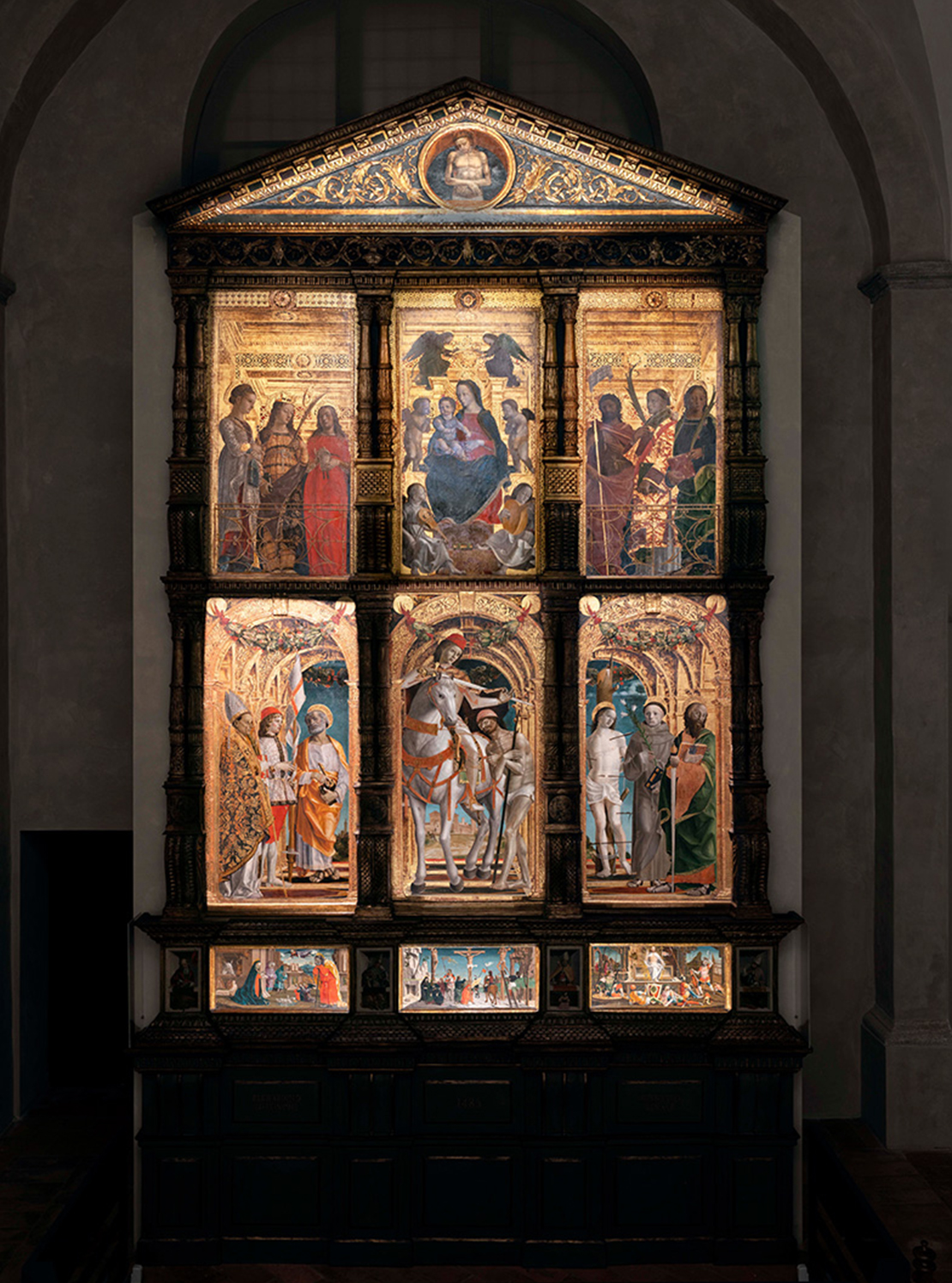
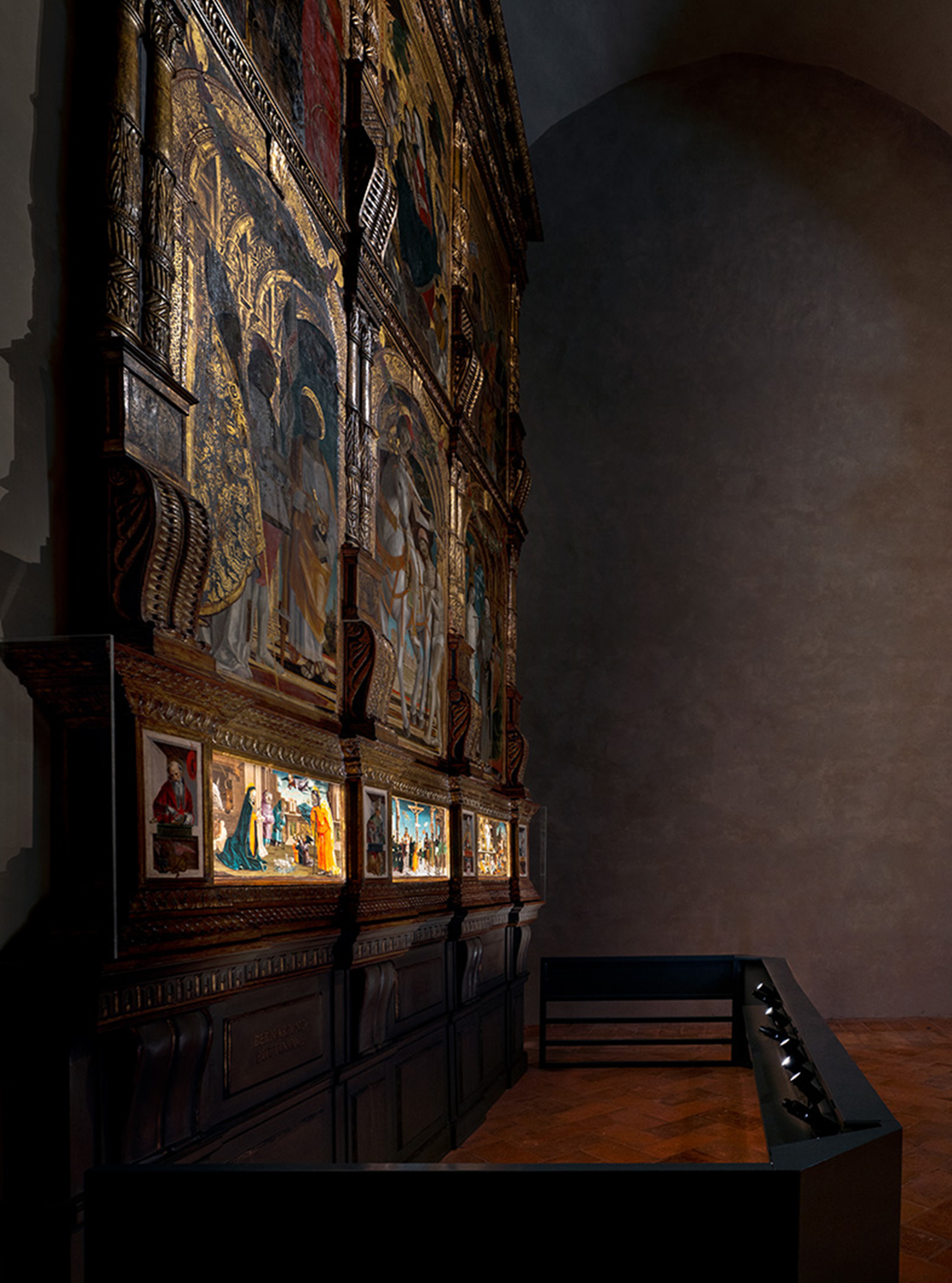
These principles guided our work at the Porta del Cielo Museum in Treviglio, the Pala del Befulco painting in Santa Maria Segreta, Milan, and the Raphael Tapestries at the Ducal Palace in Mantua.» An example is the San Martino Polyptych, a 15th-century masterpiece by Bernardo Zenale and Bernardino Butinone. The intricate paintings, framed by elaborate wooden carvings, were illuminated with profiled and diffuse lighting using custom optical solutions. The integration of the DALI protocol enabled precise, programmable lighting scenes in harmony with the exhibit’s multimedia system, offering both flexibility and precision. «From a liturgical perspective, light carries symbolic meaning. It’s crucial to create visual hierarchies that guide worshippers toward the presbytery, marking the various moments of celebration and prayer».
Navigating Conservation Constraints
«Restrictions are growth opportunities. Conservation requirements, positioning limits, and regulations, such as those on light pollution for façade lighting, challenge us to innovate. For example, at the Basilica of San Martino in Treviglio, we designed customised projector holders to prevent their impact on the fragile wooden frame. In our proposal for the Ducal Palace’s Sala del Duca, we developed custom spacers equipped with miniaturized lighting fixtures to meet conservation standards. These challenges add value to our work, turning obstacles into creative opportunities».
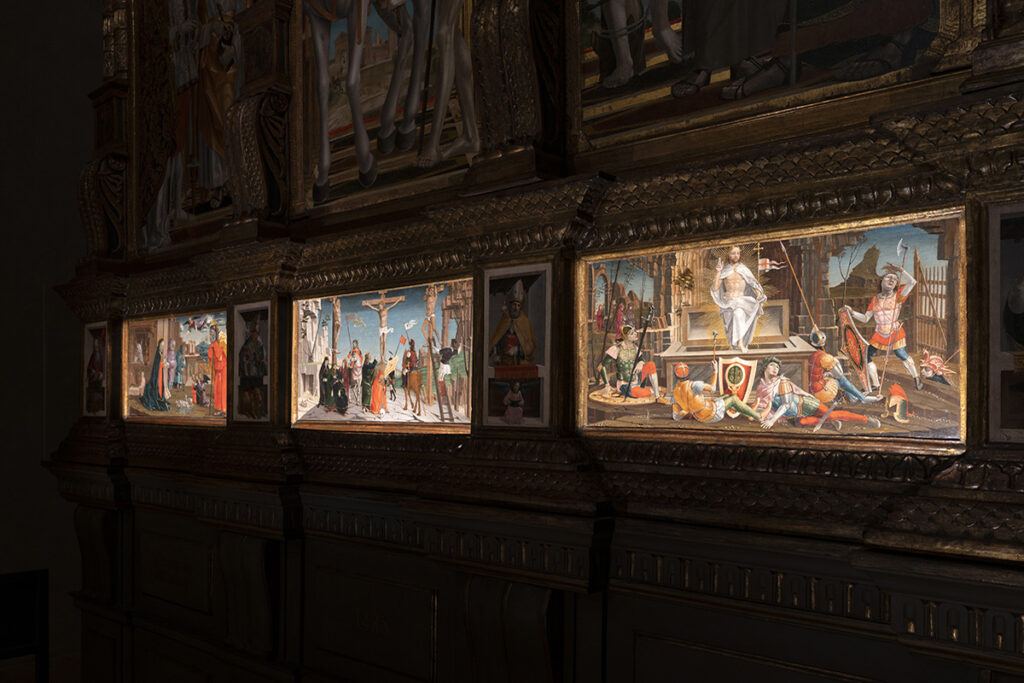
A “Bright” Vision for the Future
«Rather than a specific project, our dream is to see lighting designers recognized as independent professionals. We envision every building, museum, or public space enhanced by thoughtfully designed lighting, especially in Italy, where cultural heritage deserves the utmost attention. Although this vision is far from reality, we remain committed to advocating for the acknowledgement that lighting design truly deserves».
